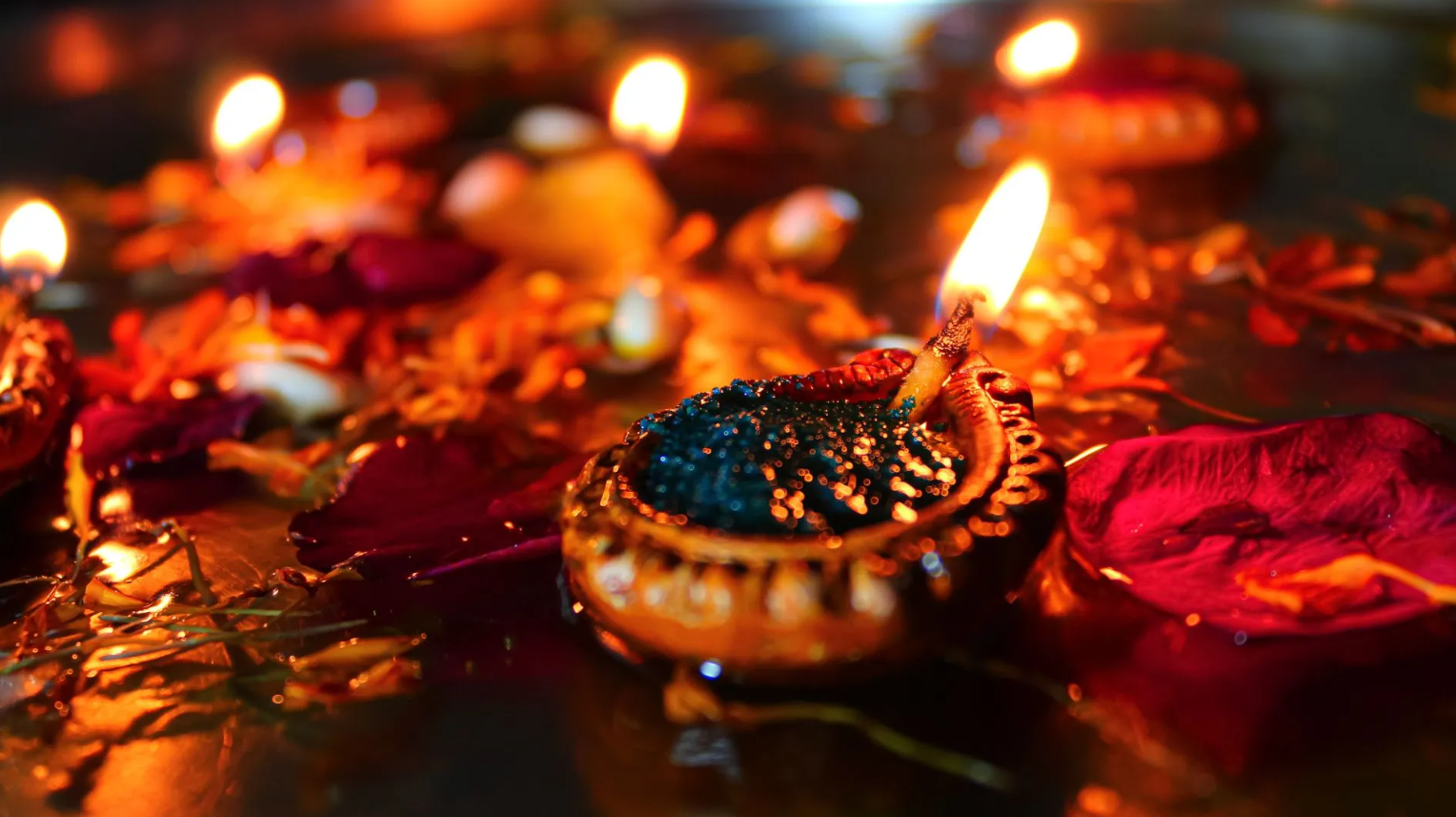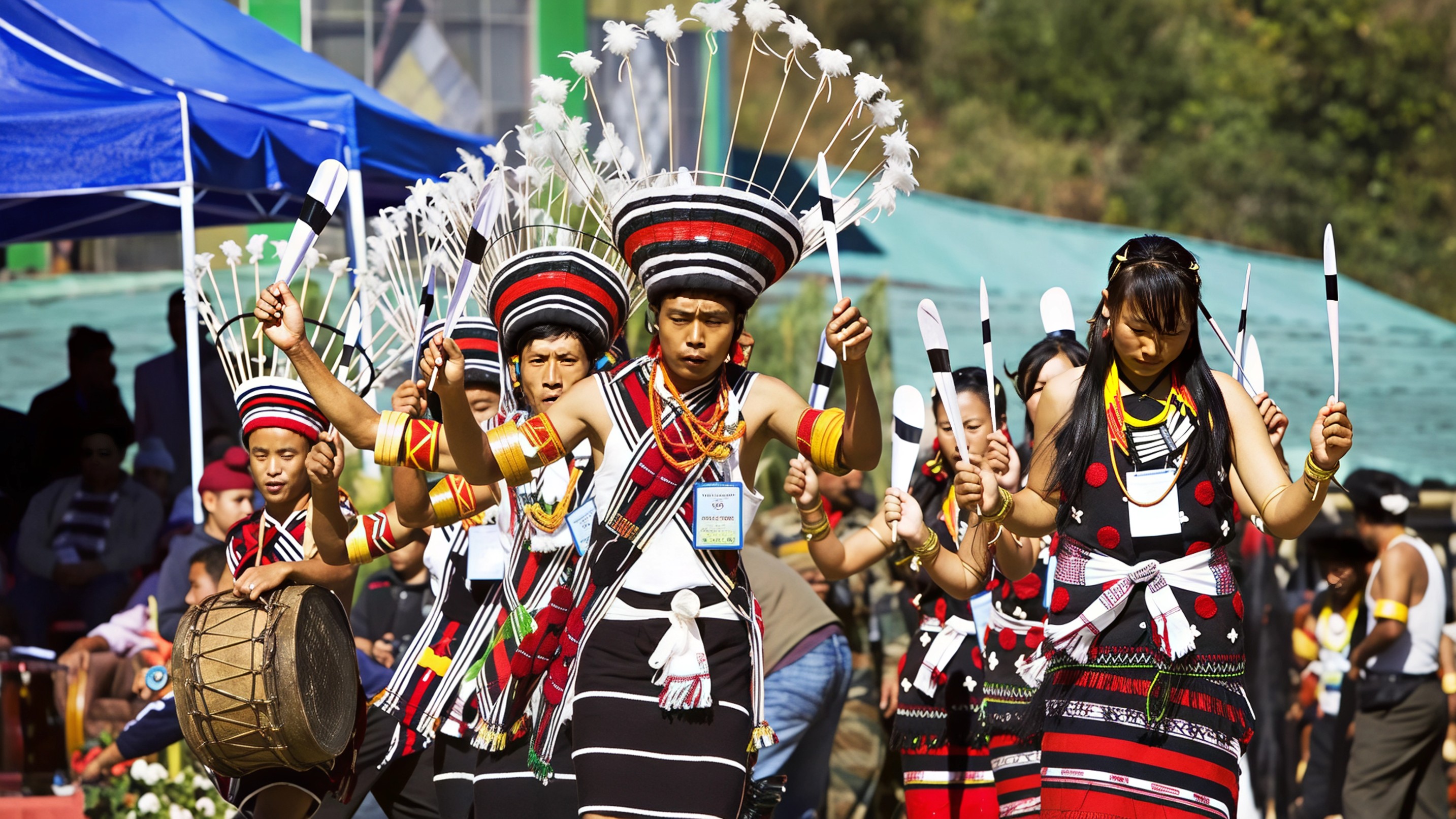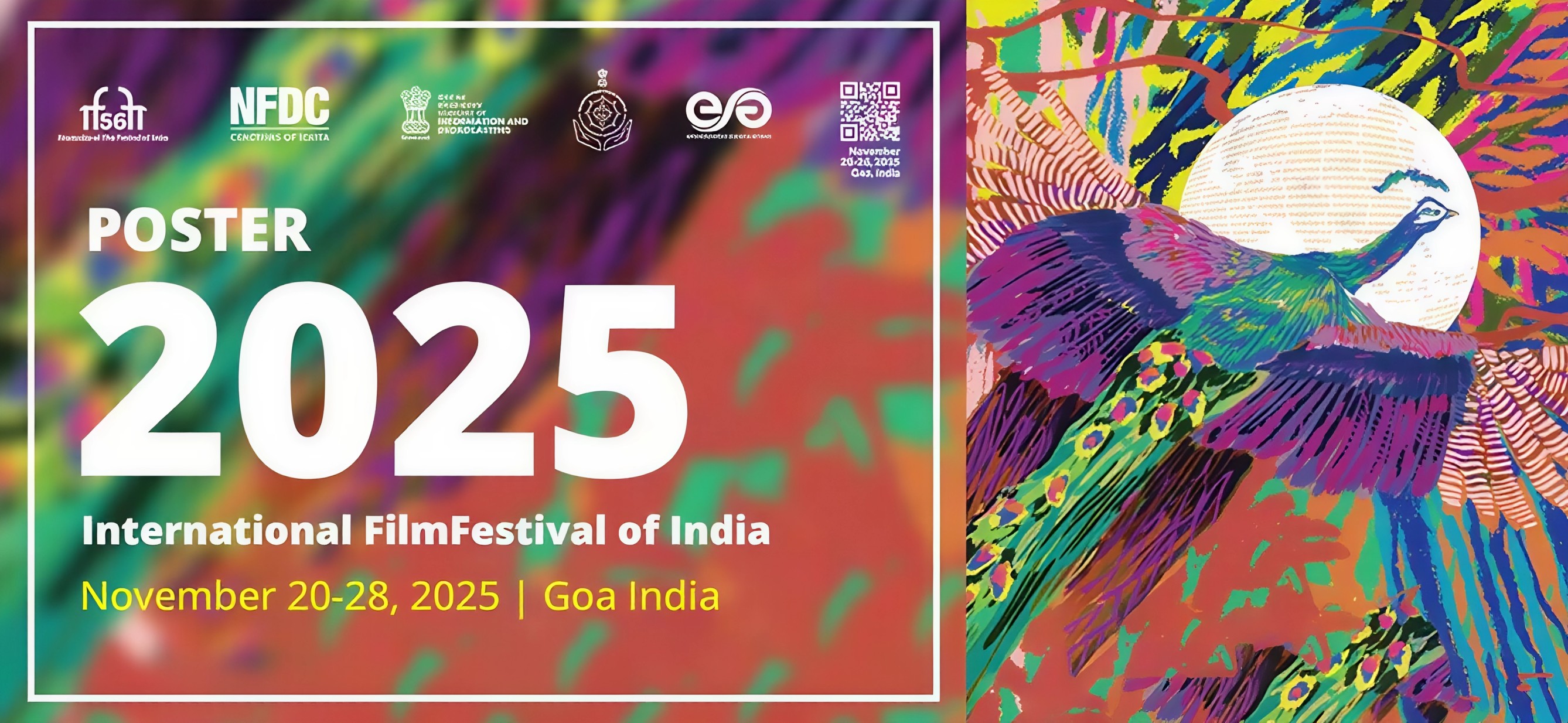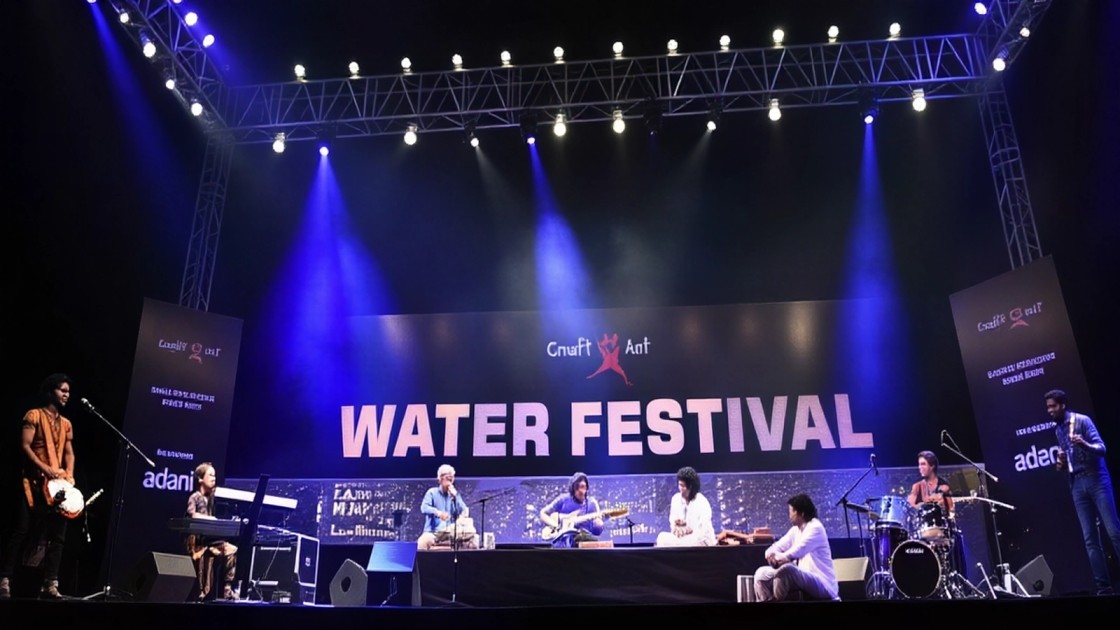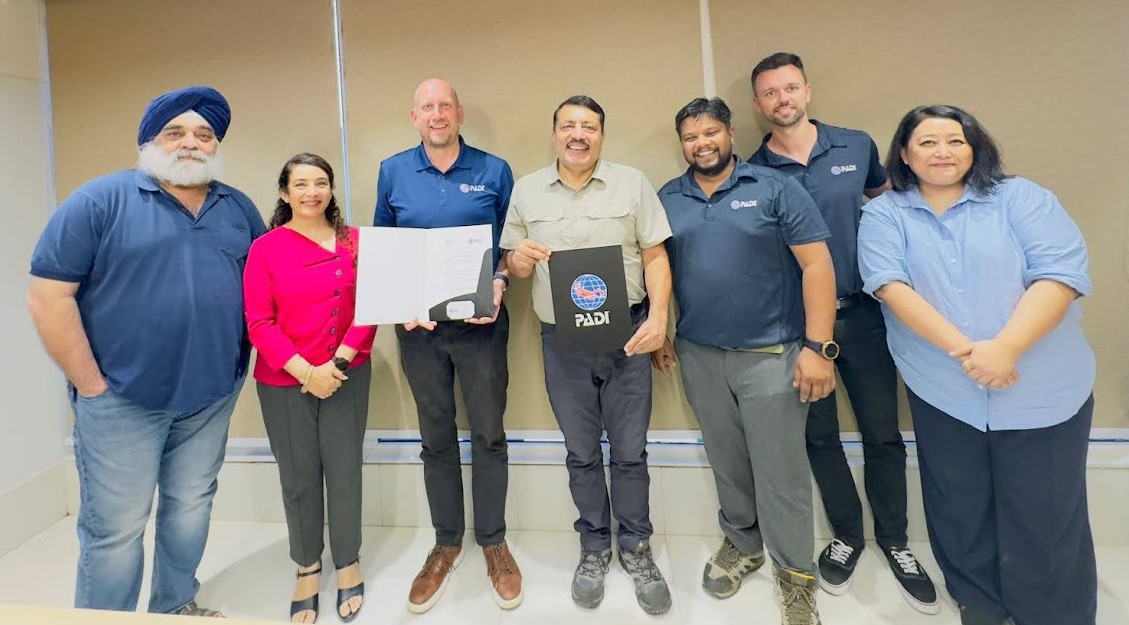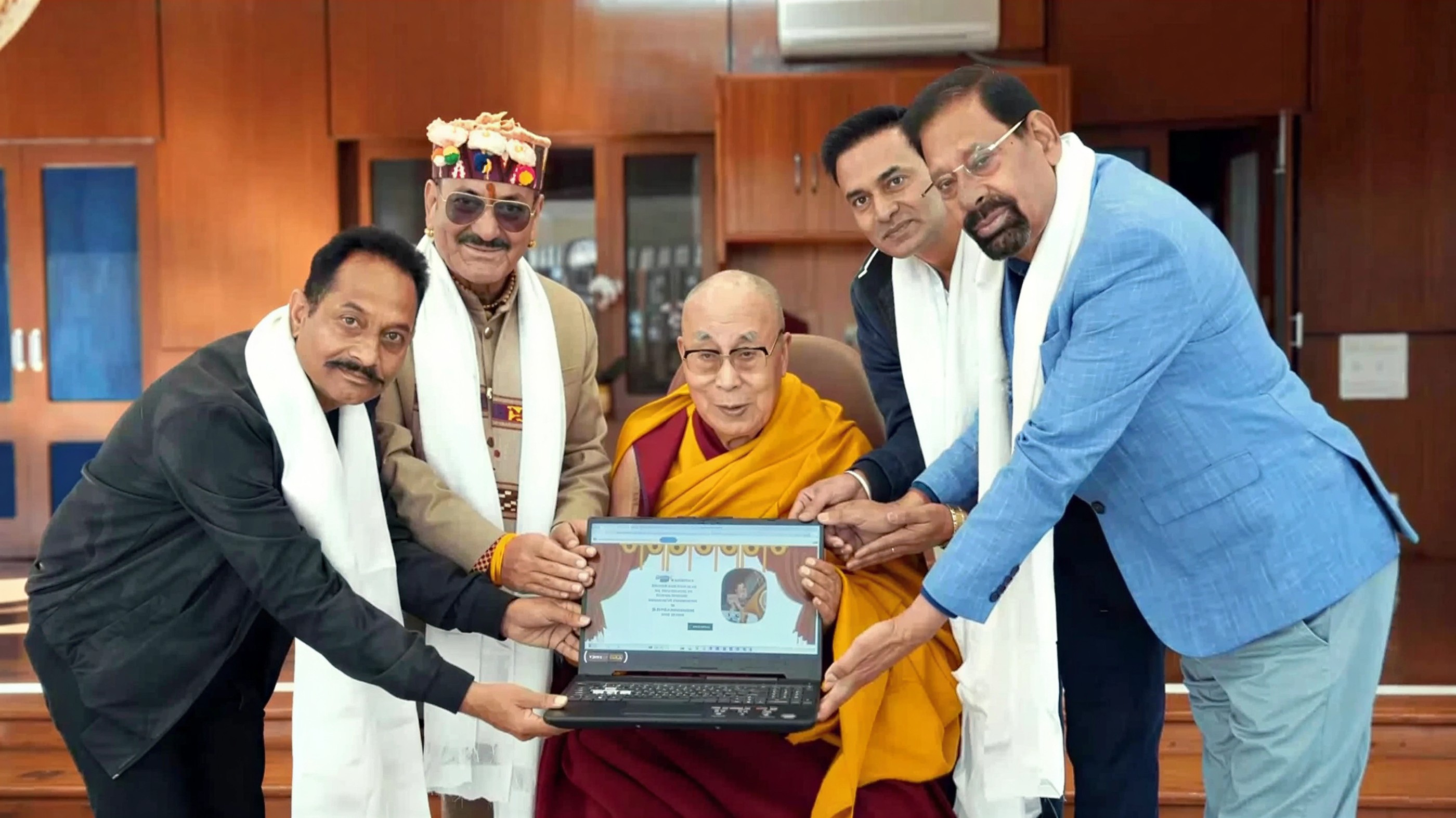Diwali in India is not one festival but many, woven together by stories of faith, heritage and light. From Rajasthan’s desert fairs to Bengal’s fierce worship of Goddess Kali, explore seven unique ways India celebrates its most dazzling festival.
Diwali, the festival of lights, paints India in countless shades of joy, devotion and renewal. Though rooted in mythology, each region of the country brings its own colours, sounds and stories to this celebration. Across the plains, deserts, hills and coasts, the festival transforms cities and villages into glowing canvases of cultural expression. Here are seven ways Diwali reveals its diverse spirit across India, each tradition distinct yet united in the essence of light triumphing over darkness.
Pushkar Camel Fair Rajasthan
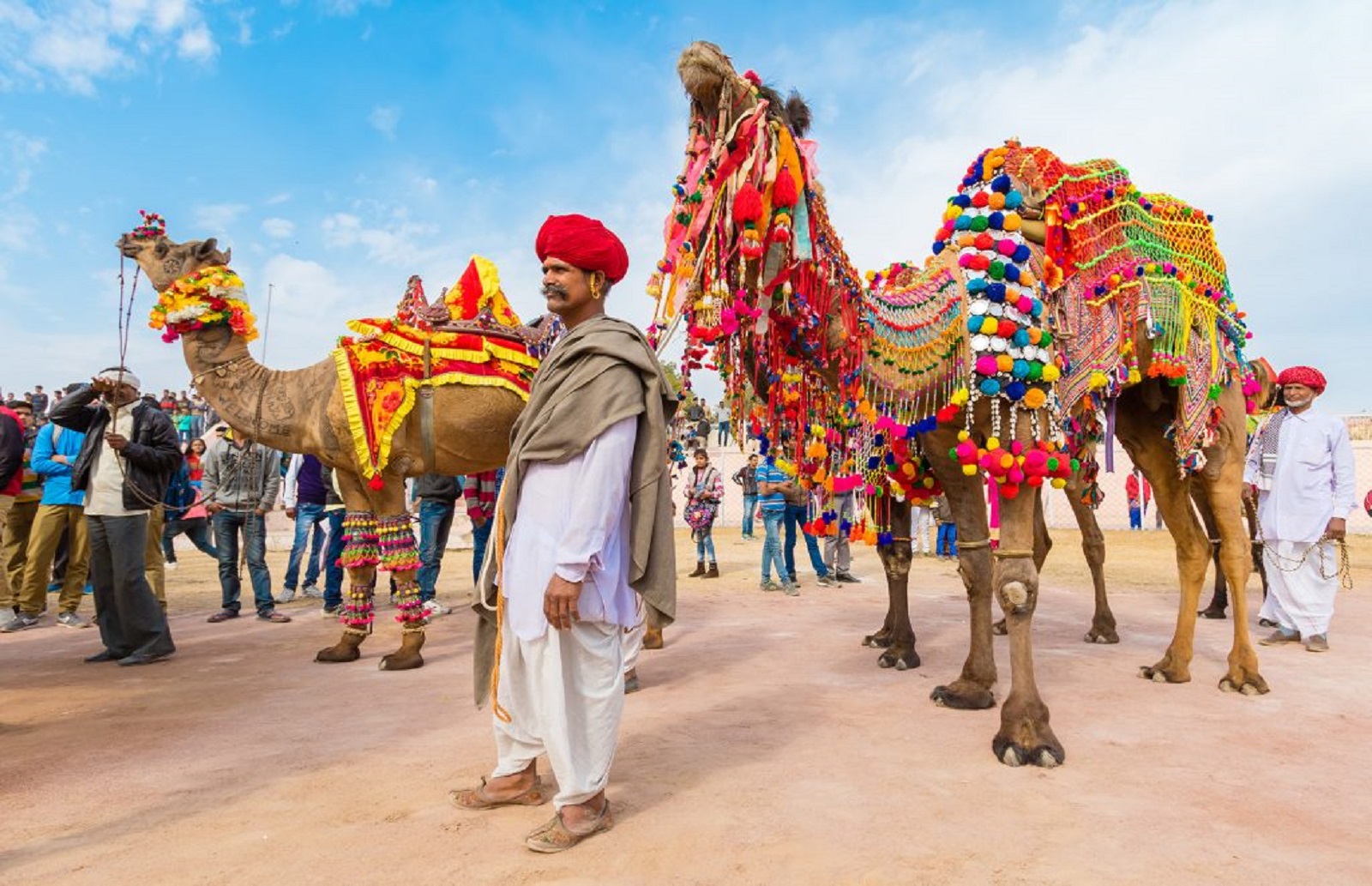
In the desert town of Pushkar, Diwali coincides with the world-famous Pushkar Camel Fair, a spectacle that combines commerce, spirituality and celebration. As traders arrive with thousands of camels and horses, the golden sands turn into a carnival of music and colour. The evenings are magical, with the Pushkar Lake reflecting the glow of thousands of diyas as pilgrims take holy dips under the moonlit sky. Folk musicians, vibrant bazaars and spiritual rituals make Pushkar during Diwali an unforgettable experience that blends devotion with desert allure.
Naraka Chaturdashi Goa
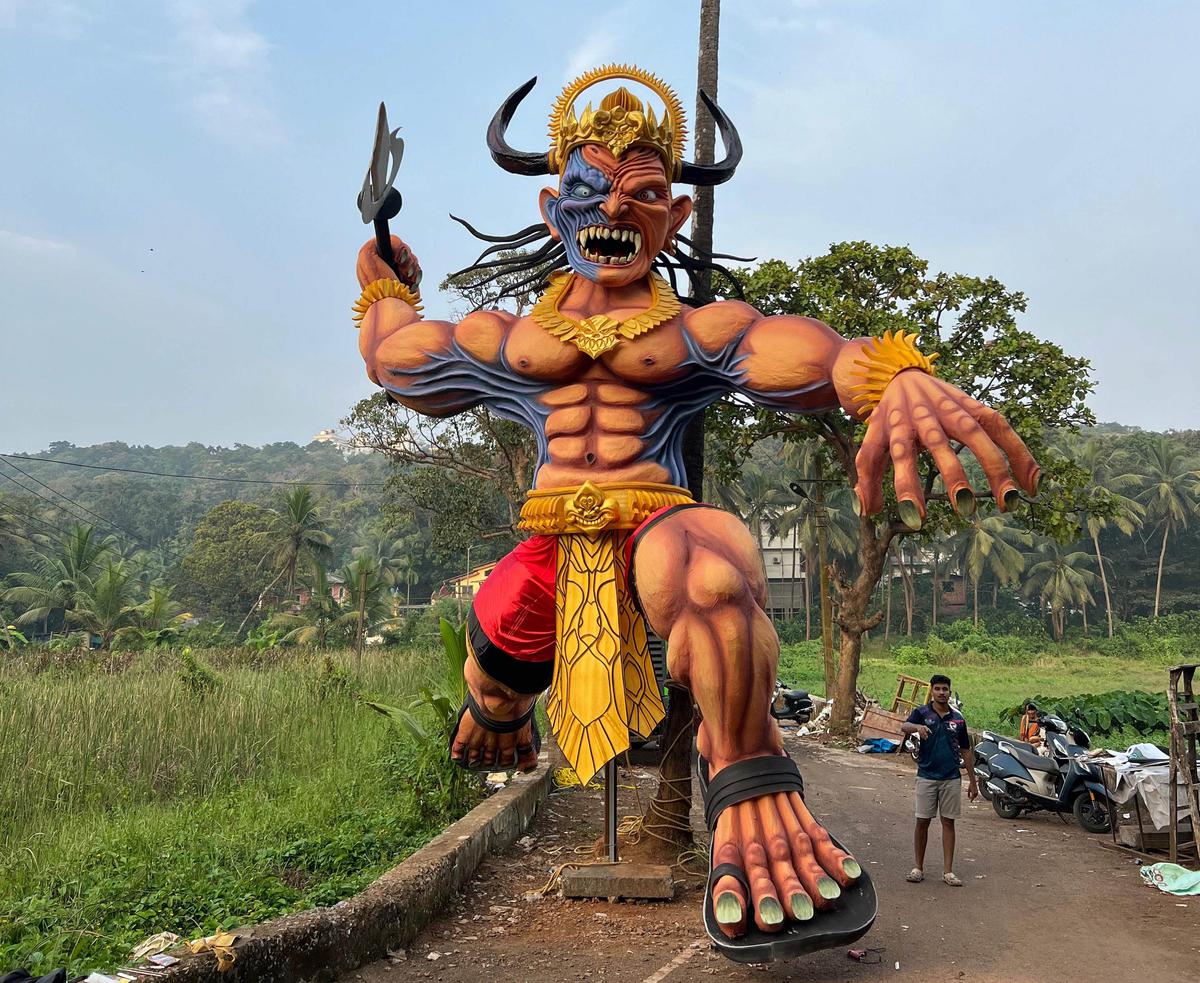
In Goa, Diwali begins with fiery drama. On Naraka Chaturdashi, towering effigies of the demon king Narakasura are paraded through streets before being set ablaze at dawn. The ritual symbolises the victory of Lord Krishna over evil, filling the air with thunderous fireworks and excitement. Families wake early for ritual oil baths and prayers before decorating their homes with lanterns and rangoli. The mix of spiritual cleansing and community celebration makes Goa’s Diwali one of the most vivid in the country.
Kaunriya Kathi and Badabadua Daka Odisha
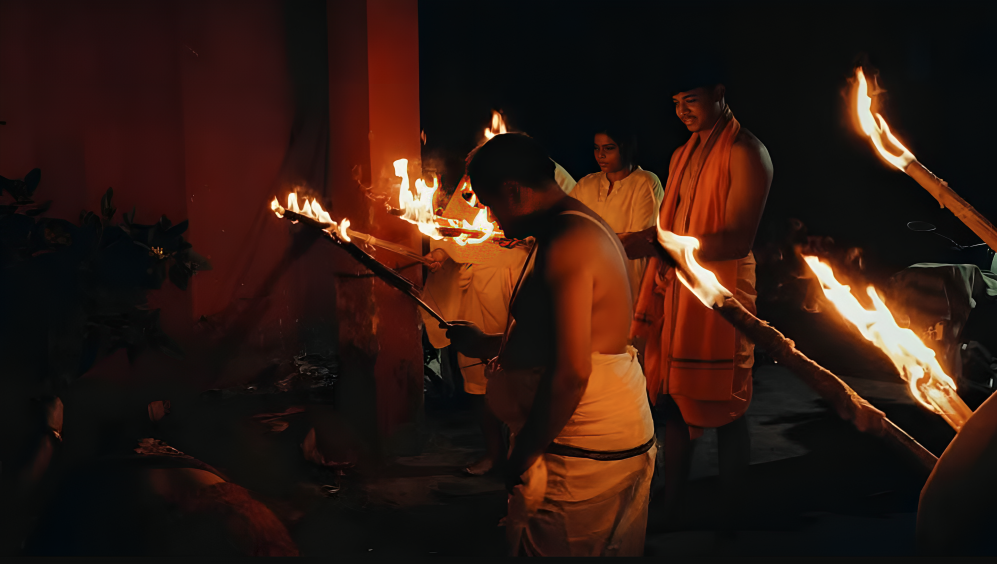
In Odisha, Diwali becomes an intimate evening of remembrance and respect. As night falls, families gather with tall jute torches called Kaunriya Kathi, lighting them to honour their ancestors. The flickering flames are raised to the sky with the chant, “Badabadua ho andhara re asa, aloka re jao,” inviting the spirits of loved ones to visit and bless their homes. The ritual, accompanied by intricate rangoli shaped like boats, turns the coastal wind and dark night into a quiet communion of light, faith and gratitude.
Dev Deepawali Varanasi
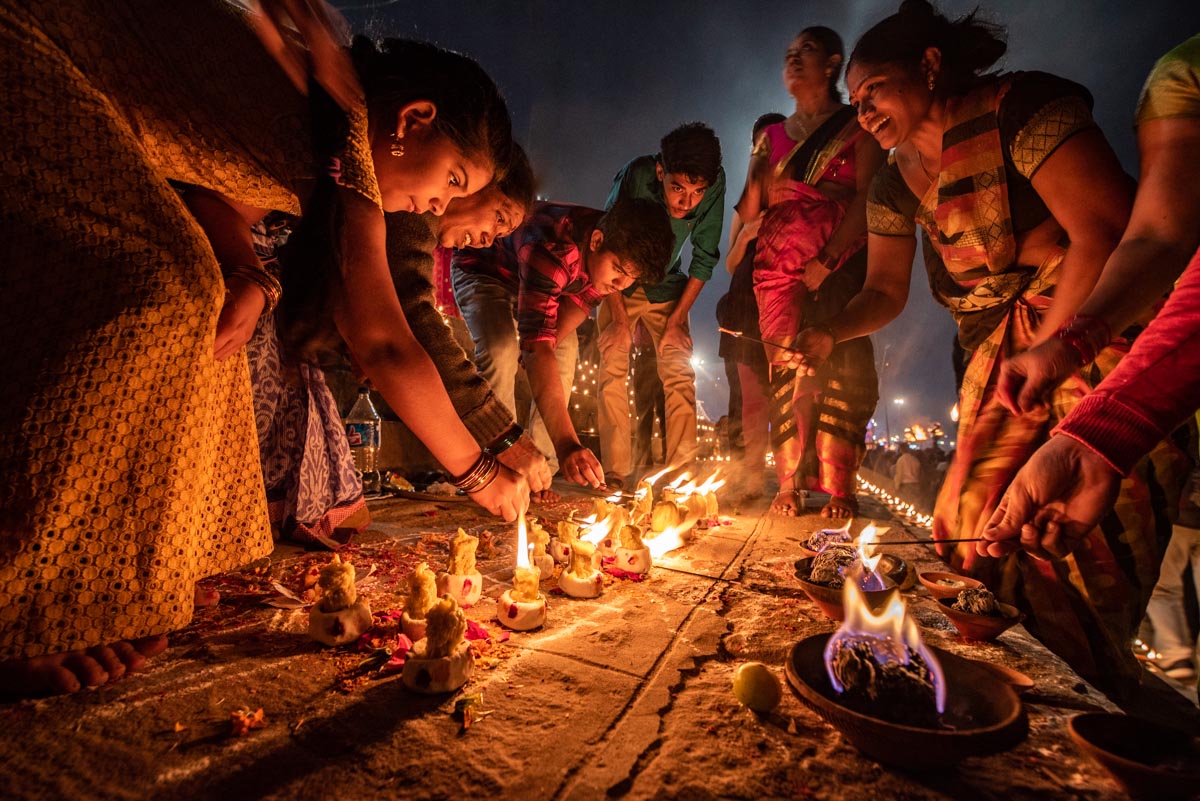
In Varanasi, Diwali reaches its divine climax during Dev Deepawali, celebrated fifteen days after the main festival. On this sacred night, the ghats of the Ganga shimmer under millions of lamps, creating a breathtaking river of gold. Priests perform the grand Ganga Aarti, while boats filled with pilgrims release diyas into the current. The chants, conch shells and scent of ghee lamps fill the air, turning the city into a living hymn. For visitors, this is not just a festival but a glimpse into India’s timeless devotion.
Karthigai Deepam Tiruvannamalai
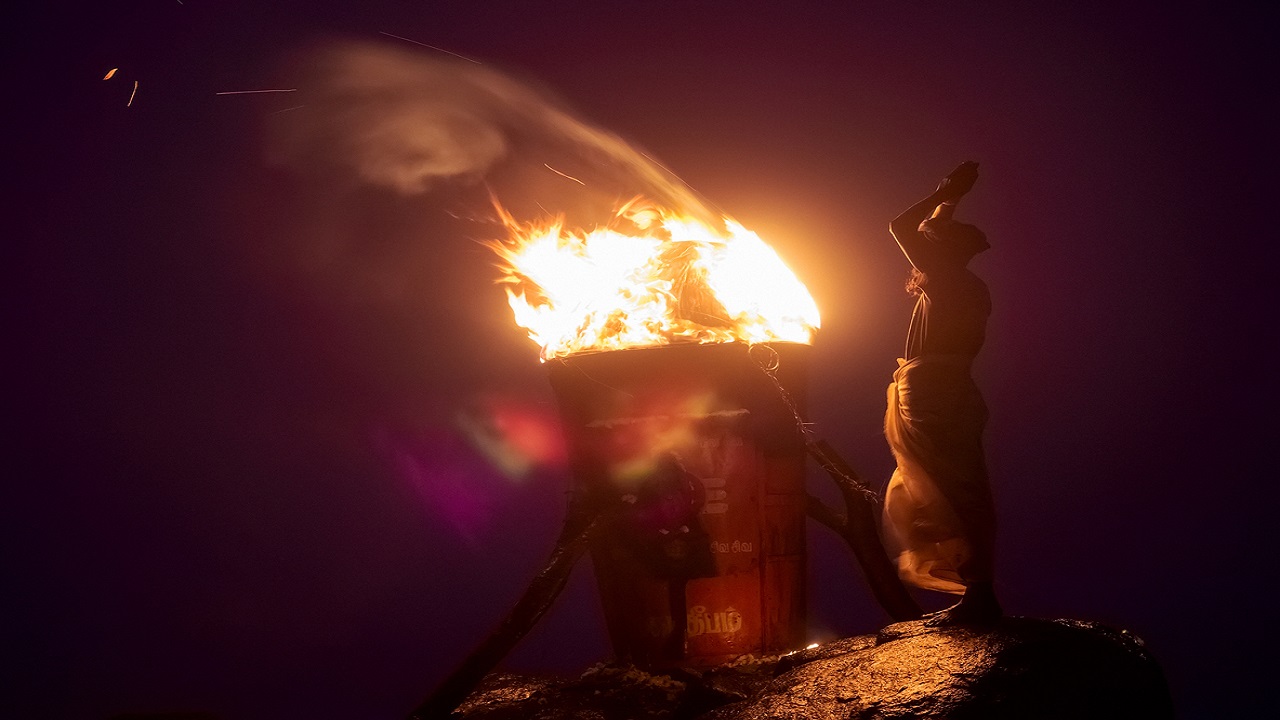
In Tamil Nadu, Diwali flows into Karthigai Deepam, an ancient celebration of light dedicated to Lord Shiva. As dusk falls, thousands of lamps illuminate the Arunachaleswarar Temple while a massive flame is lit atop the sacred Arunachala Hill, visible for miles around. Pilgrims walk around the hill barefoot in a ritual of reverence and surrender. The gentle glow of ghee lamps, the scent of incense and the quiet devotion of the crowd create an atmosphere of peace that feels eternal.
Bandi Chhor Divas Amritsar
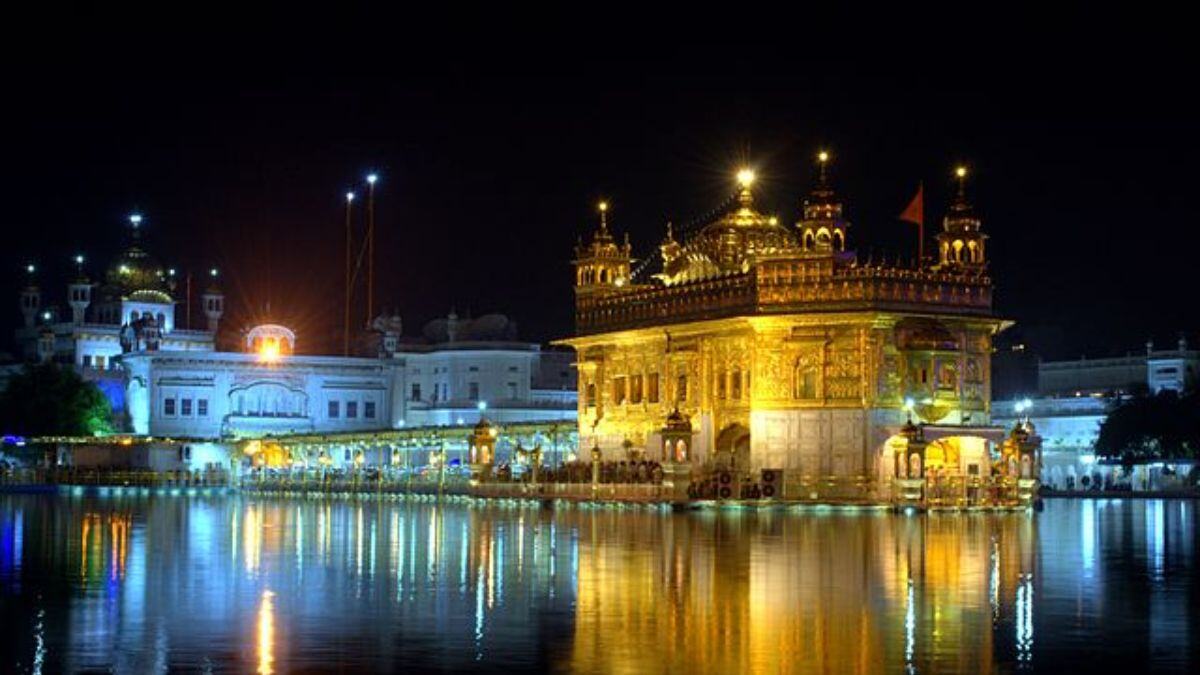
For Sikhs, Diwali coincides with Bandi Chhor Divas, the Day of Liberation, marking Guru Hargobind Sahib’s release from Mughal captivity along with fifty-two kings. The Golden Temple in Amritsar becomes a vision of radiance, its marble pathways outlined with lamps reflected in the still waters below. Devotees gather for hymns, prayers and community meals, creating a space of gratitude and unity. The illuminated temple against the night sky is a sight that captures both history and faith.
Kali Puja West Bengal
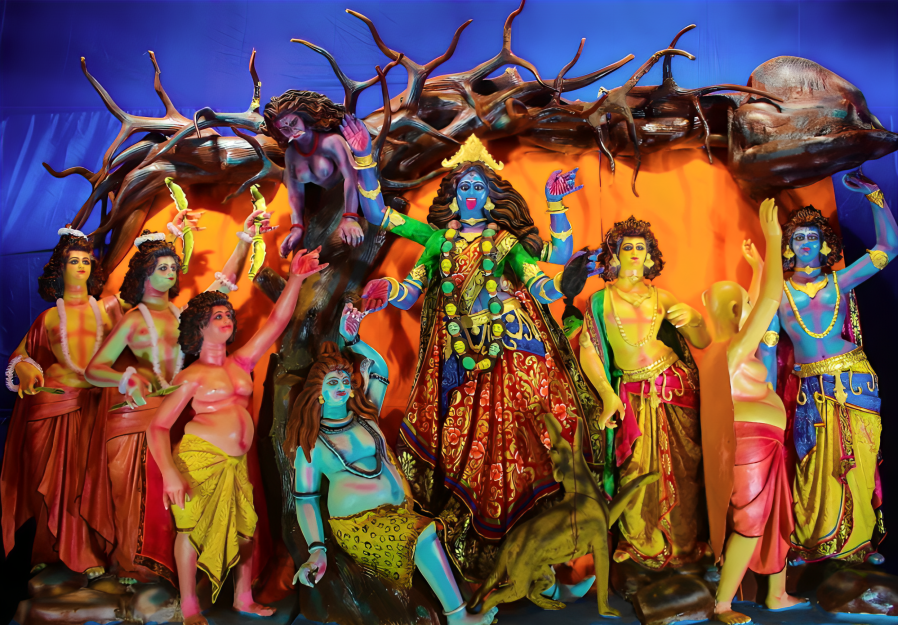
In West Bengal, Diwali takes on a powerful and distinctive form as Kali Puja. Instead of Lakshmi, devotees worship the fierce Goddess Kali, the embodiment of strength and protection. The streets of Kolkata transform with elaborate pandals and idols depicting the goddess in her divine power. Incense fills the air, red hibiscus garlands adorn the altars, and chants of “Jai Ma Kali” echo through the night. This is Diwali’s darker, deeper reflection—where destruction and creation coexist in sacred balance.
The Many Lights of Diwali
To travel through India during Diwali is to witness the soul of a civilisation expressed through lamps, rituals and stories. From the fiery dawns of Goa to the serene nights of Tiruvannamalai, each region celebrates the same triumph of light in its own language of faith. Beyond fireworks and sweets, these traditions remind us that Diwali is more than a festival—it is India’s living philosophy of renewal, hope and unity through light.
Follow Travel Moves on Instagram and Facebook for more cultural stories, festive guides and travel inspirations from across India.

